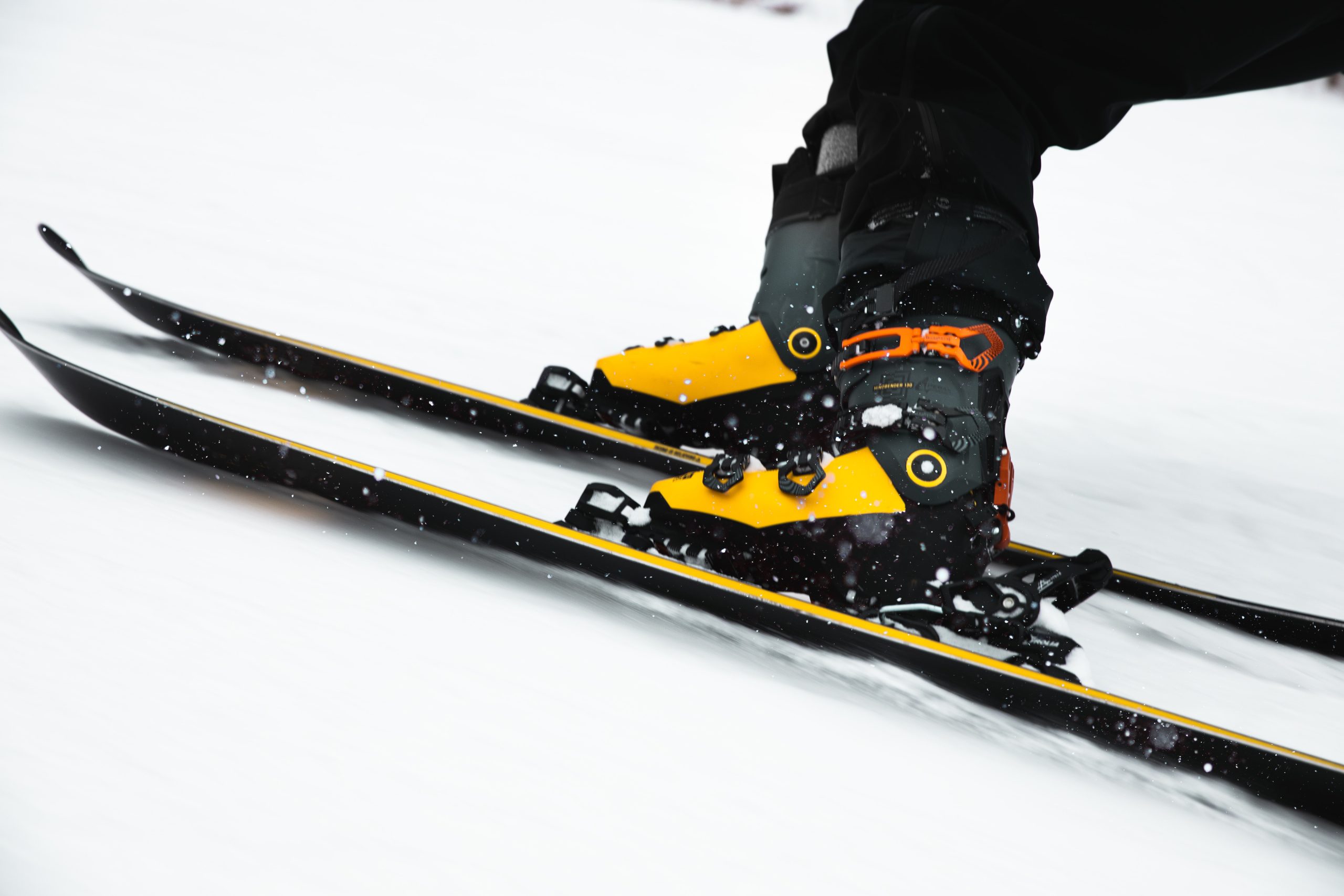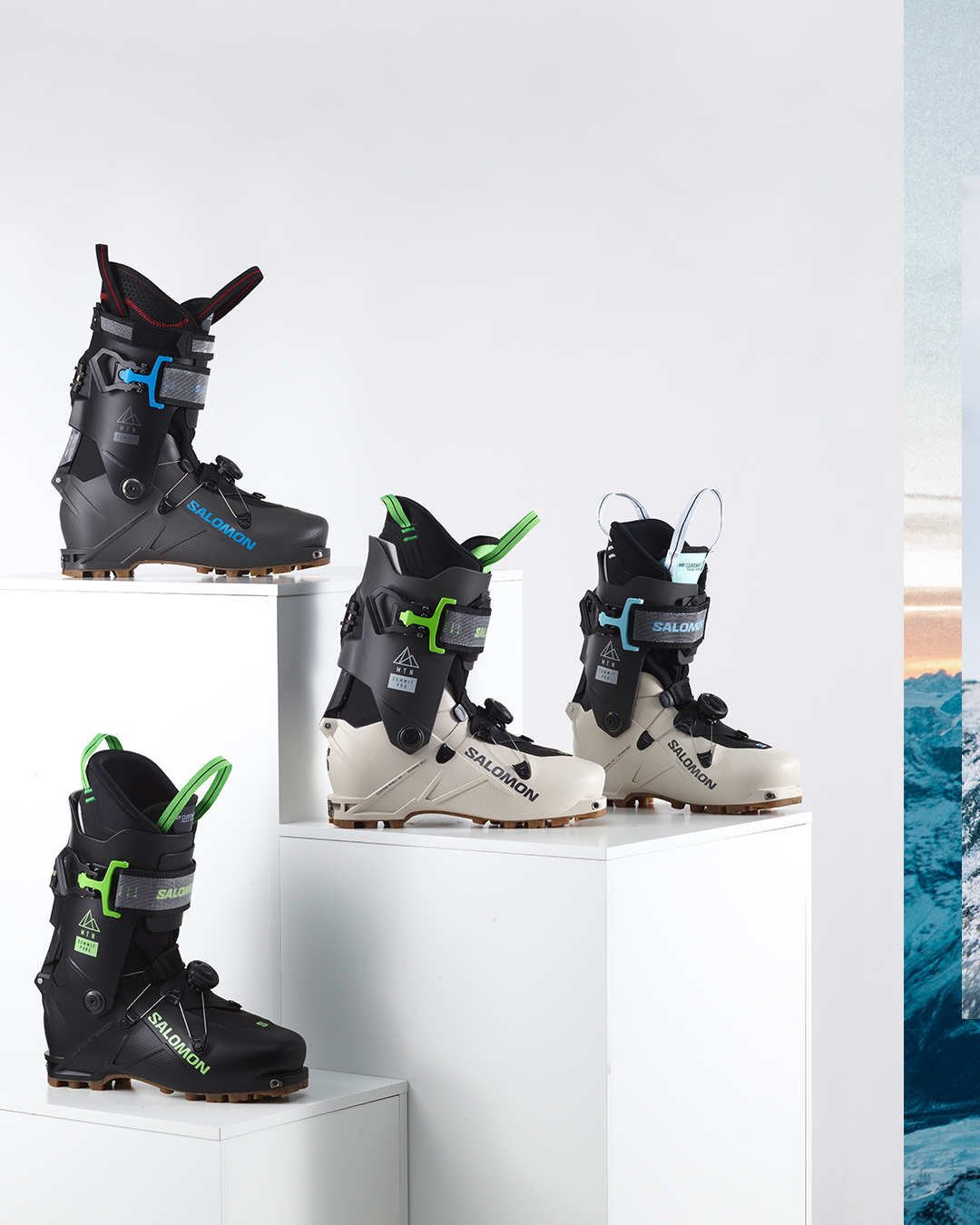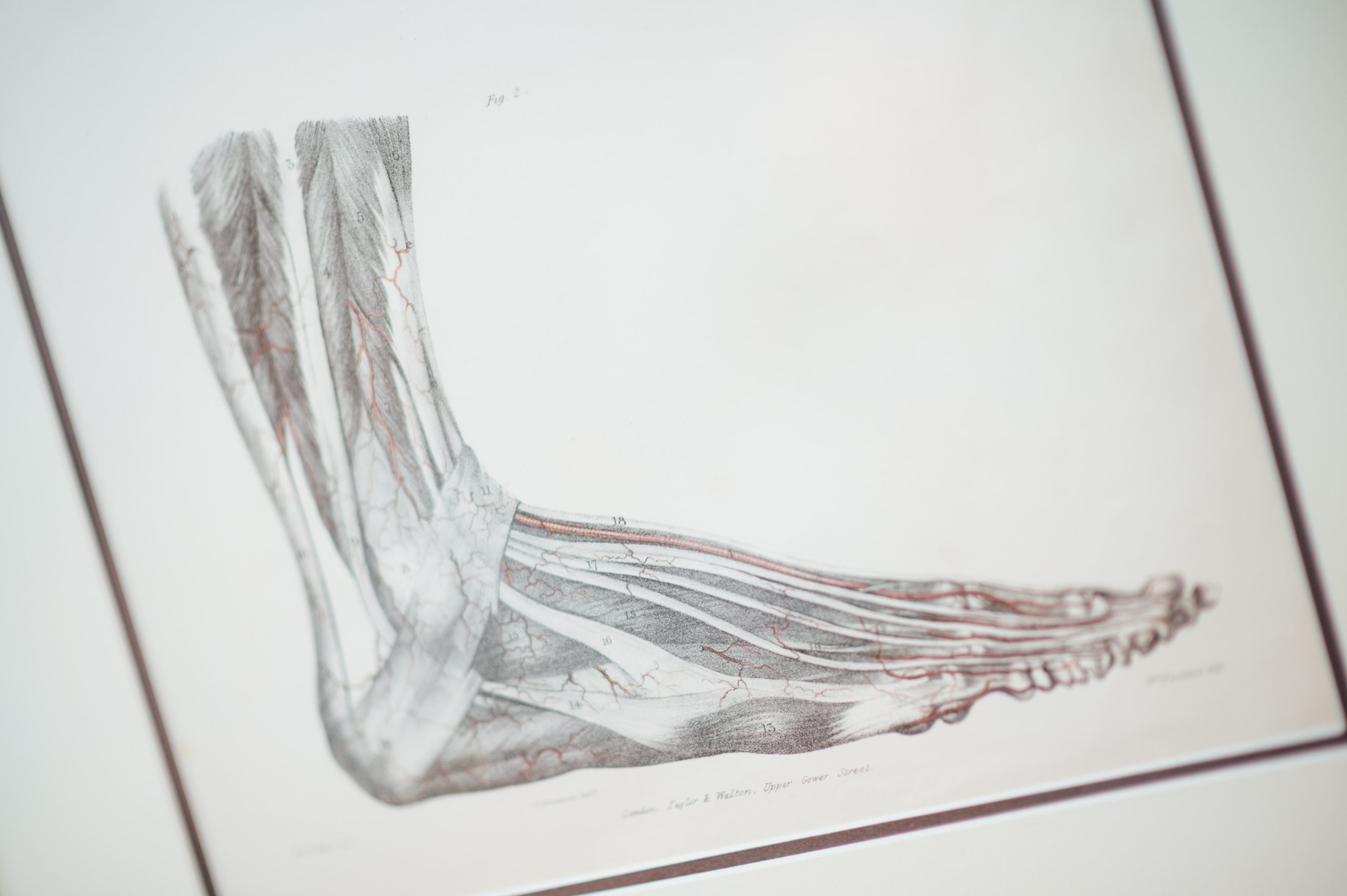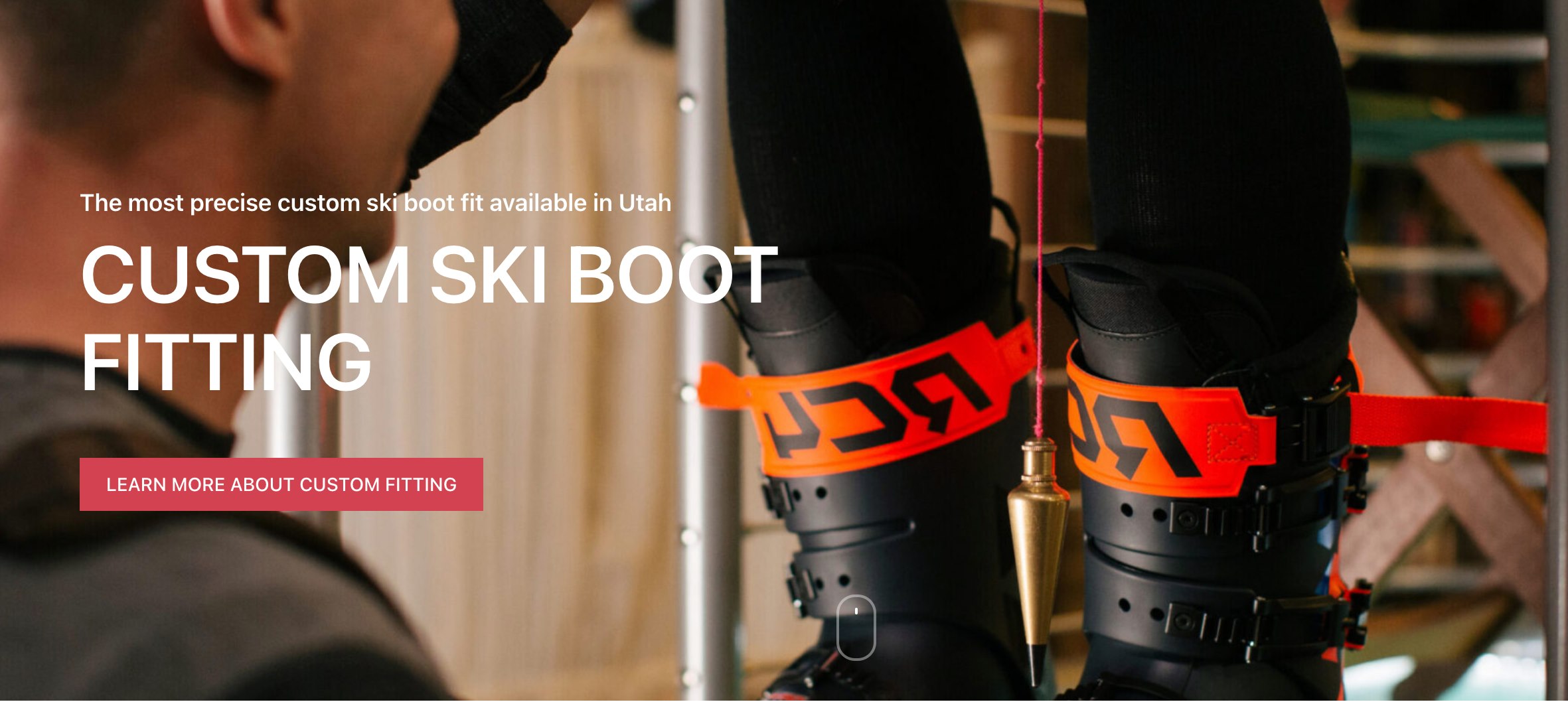
The dreaded skier’s toe… The bane of any unsuspecting skier’s existence. Nothing like a subungual hematoma, also known as skier’s toe, can damper a season.
Typically, skier’s toe results in your big toenail turning black. This may be concerning and some will fret about the possibility of frostbite, chances are it is just a subungual hematoma. While incredibly irritating and pretty painful, thankfully it is typically benign and treatable.
What is it, and how does it happen?
Ski boots can cause constant pressure on the big toe which results in repeated trauma and bleeding under the nail, this is why the toe turns black. The blood stains the toenail, so the blackness will remain even after the toe heals. Almost always, the cause of skier’s toe is boots that don’t fit properly. It can also result from improper form, if you don’t keep pressure on your shins by leaning forward, then you are forcing your toes to ram into the front of the boot. Socks can also be the culprit, if they don’t fit they can wrinkle or bunch up around the toes, causing a great deal of pressure.

Too small or too large boots will both cause skier’s toe. Too small, and there will be constant pressure on top of the toe. Too large, your foot won’t be properly supported meaning it can slide up and hit the front of the ski boot.
Consult a medical professional about treatment. If it isn’t severe, usually meaning the blackness covers less than 50% of the toe or it isn’t painful, then the doctor may advise simple treatments like keeping it elevated and icing it. However, in more severe cases they may drill a small hole in your toenail to release pressure. DO NOT attempt to drill the hole yourself, serious injury or infection can occur. After drilling, it is possible that your toenail will fall off.
As long as you aren’t in too much pain and there are no signs of infection, you should be able to continue skiing for the rest of the season!

Now let’s talk about ski boots
Much more goes into ski boot fit than the length and last (width). Those are just the basic aspects you need to consider for buying boots. From there comes an array of complicated and personalized things to consider including the shape of your feet and ankles, where your muscle attaches to your calf, and how thick your calf is.
Personally, I have very long and narrow feet. Usually, a foot of my length would come along with thicker ankles…because of this, a boot that fits my feet won’t even come close to fitting my ankle. In fact, the boot doesn’t touch my ankle and when I lift my foot my boot will start sliding off. Additionally, I have a high calf muscle attachment, making my calves much wider than a boot that fits my narrow feet allows. All of these fit issues need to be fixed with custom liners, orthopedics, and getting my boot stood up (increasing the angle of my boot so it is closer to 90 degrees), along with several other minor adjustments. These are just the issues I have, your pain could be caused by countless other issues. Ski boots should be tight, not painful.
If you live in or are passing through Salt Lake City, I highly recommend visiting The Sport Loft for a boot fitting! They are incredibly knowledgeable, highly skilled, and the only shop in the surrounding area that has the ability to stand up a boot.

I have to disagree with you. I’ve been riding for 18 years. I just recently got a pair of boots that has been mashing my toe I can’t identify the issue. I think it’s simply too tight on the top of the boot. However they are the otherwise the most comfortable boots I have had. So I don’t think it’s all “gaper form”
Maybe they don’t mention it in bold letters, but it is mentioned ‘It can also result from improper form, if you don’t keep pressure on your shins by leaning forward, then you are forcing your toes to ram into the front of the boot’. I’m sure you never fall into the back seat while you’re challenging yourself or getting tired and have perfect form 100% of the time.
“And the only shop in the surrounding area that has the ability to stand up a boot” …this is so far from true
****** Bane of existence, not vain. Jesus.
Ok then…. youre supposed to be expert ski pros n such but you mention nothing about the true cause of such which is poor technical form.
Ski proper with pressure always on the shin and tong of your ski boot and the physics will show how that keeps the big toe from hitting the front of the lower boot shell.
Ski like a gaper iCod and be in the back seat of your boots mist of the time and again the physics will show leverage from the upper boot shaft on the back of the calf muscle and tibia/fibula forces the toes forward.
Proper technique or high gaper factor, which is it yall got here, get a clue pluuuseee befor yall publish such bs.